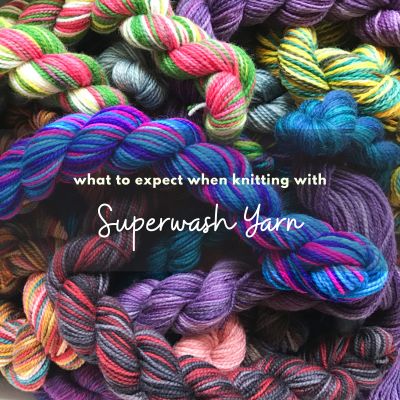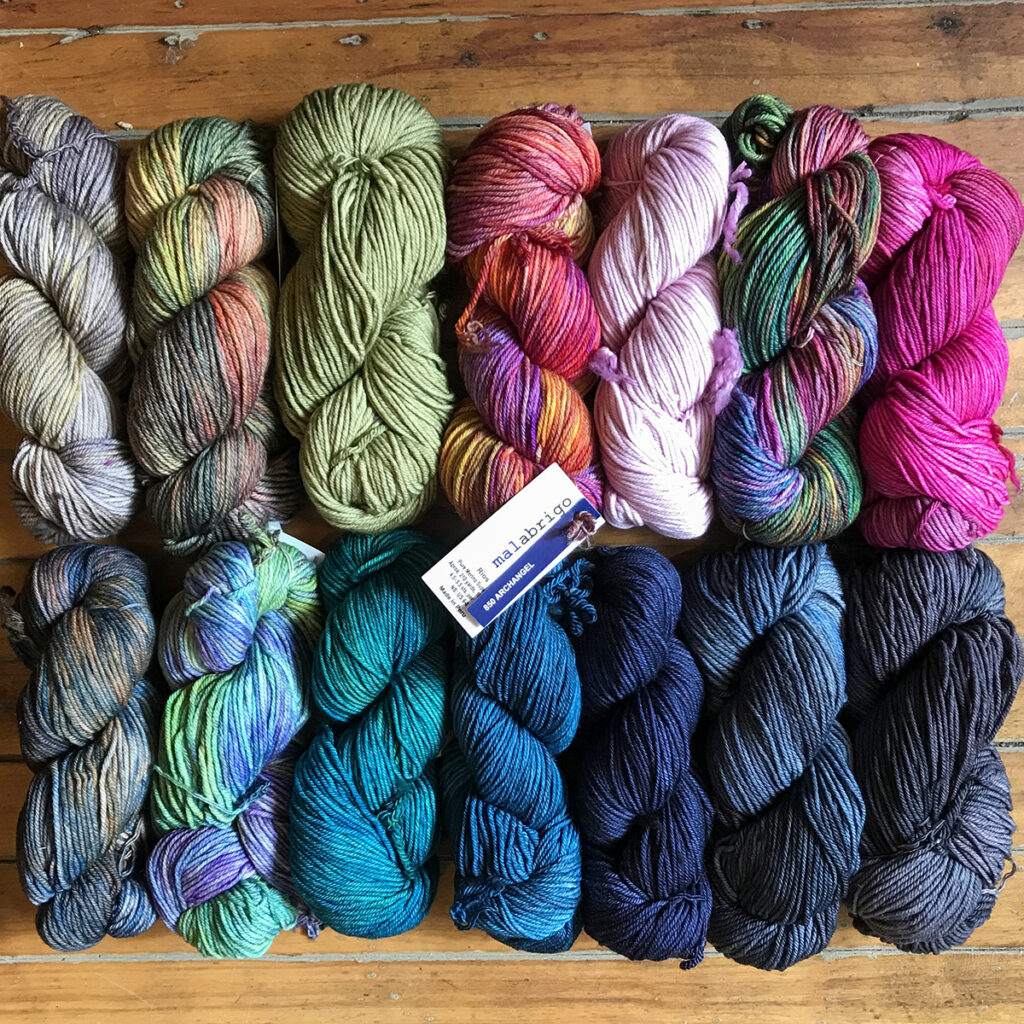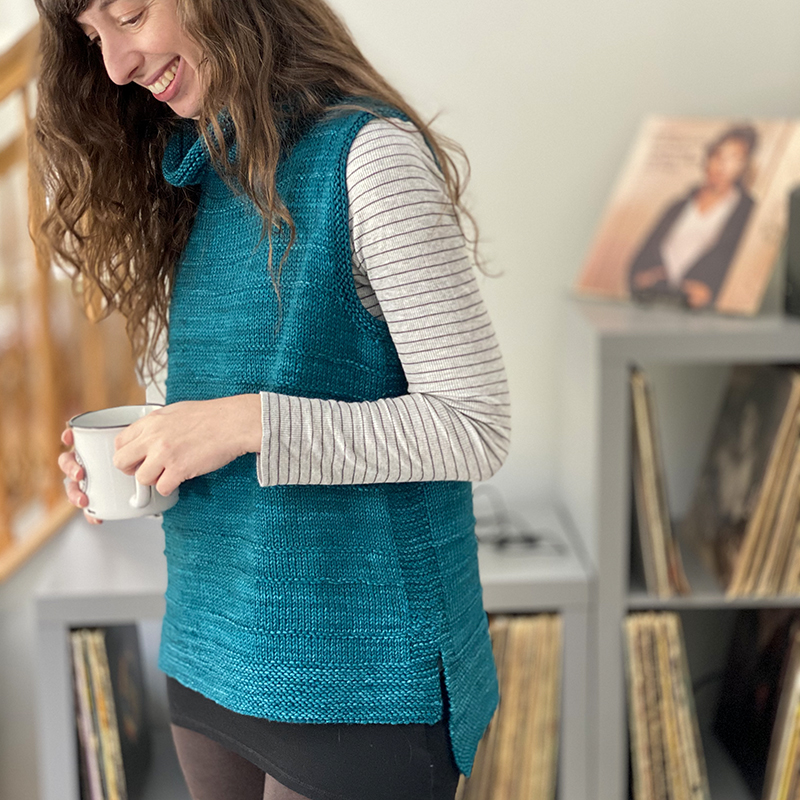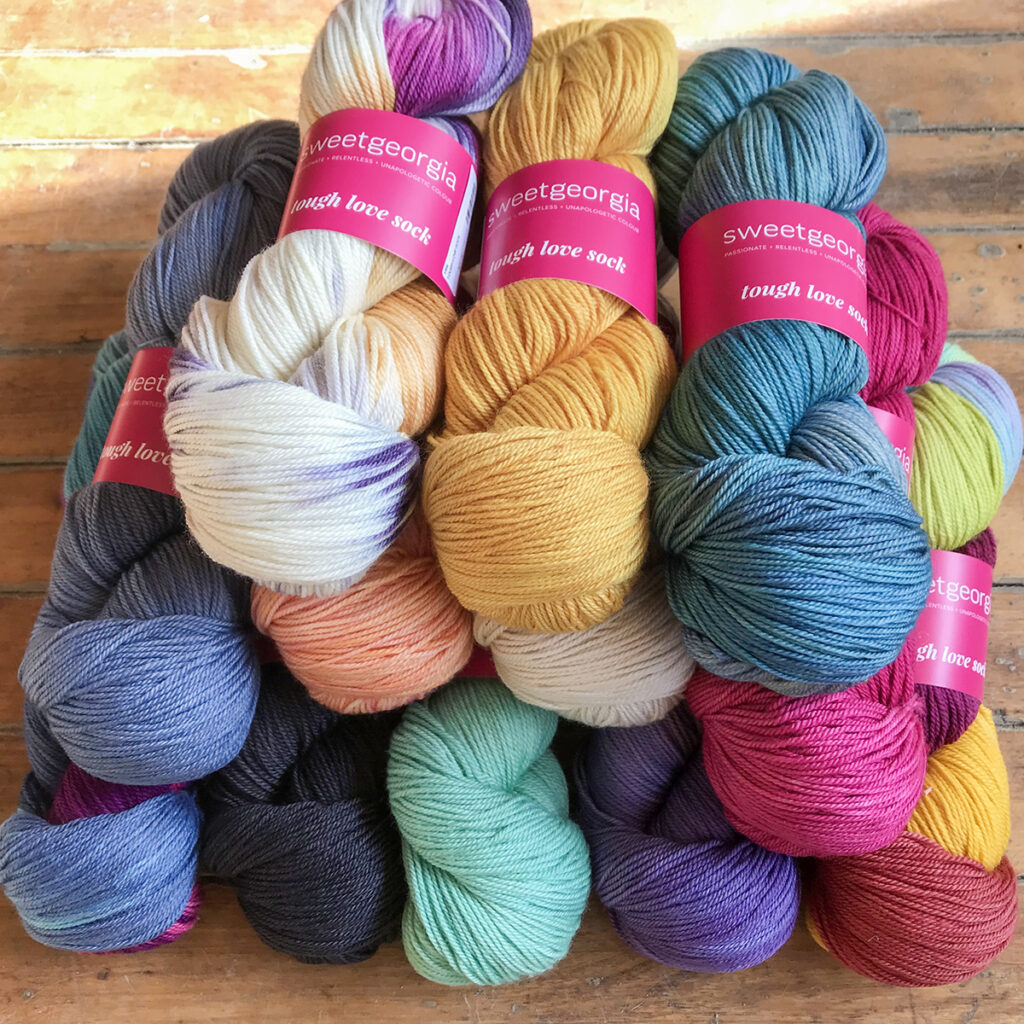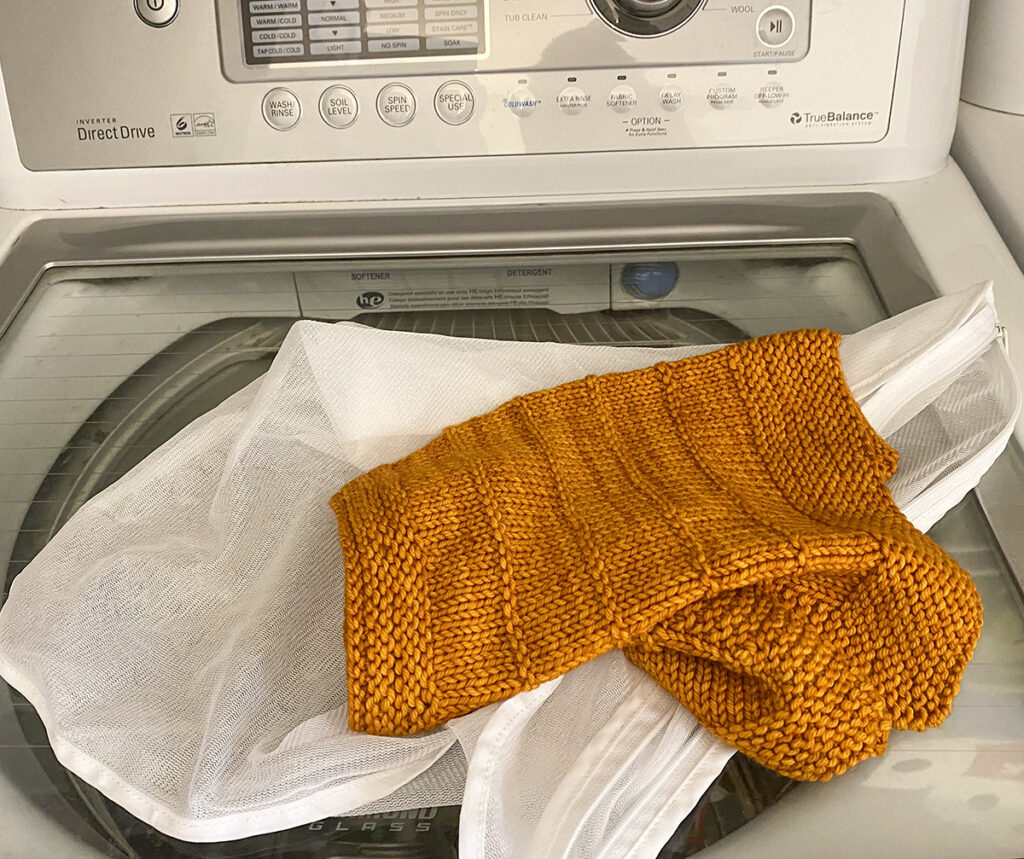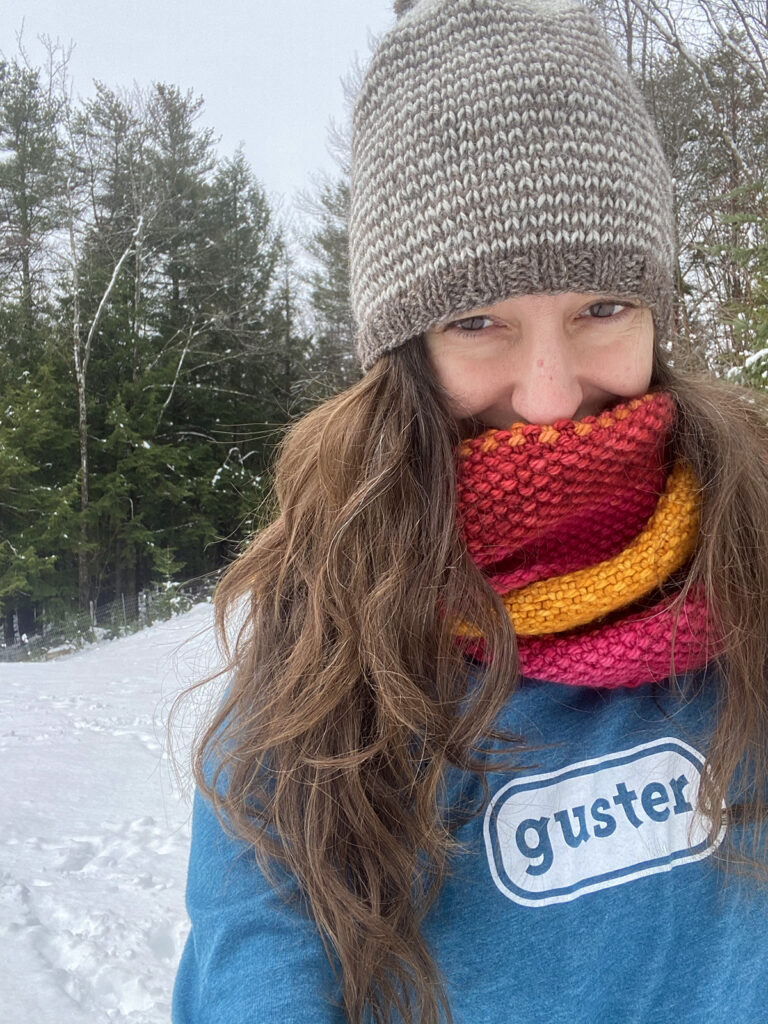Through the years I have knit with so many different types of yarn. Plus my many years of working at a yarn shop exposed me to so many varieties – ones that I didn’t even know could exist! Speaking of which, I remember once having a yarn that contained the fiber “outlast” which was originally developed by NASA as a temperature-regulating fiber. Interesting, right? As a designer, learning about all of these different types of yarns and seeing how they all knit up, was such a valuable experience because I often get asked my opinion on whether a certain yarn will work well for one of my designs. Of course so much of it comes down to personal preference, but there are certain types of yarns that will have certain qualities when knit up and these characteristics are just good to be aware of when matching up a yarn to a project. And one of these types of yarns is superwash, so in this blog post I’ll talk about what you can expect when knitting with a superwash yarn.
If you are new to knitting and the world of yarn, “superwash” is a term used for yarns that have been treated in such a way that they won’t felt when you machine wash it (unlike regular wool yarns). There’s a lot to this topic, so if you would like to learn more about the superwash process, one place to start is this interesting and informative read by Modern Daily Knitting. Because of this treatment process, superwash yarns will behave a bit different than non-superwash yarns and so that is what I’ll be focusing on in this post.
Here are just a few of these superwash characteristics that are good to know about when matching up a yarn to a new project:
They often have a silky sheen to them
A lot of superwash yarns will have a sheen to them and this can provide both a silkier feel as well as color vibrancy. So if you love vibrant color, you may find yourself gravitating towards superwash yarns in a yarn shop. Below is a picture of some Malabrigo Rios yarn (taken years ago when I worked at a yarn shop) – a superwash notorious for such vibrant and saturated colorways.
I have also read that dye takes well to superwash wool and so that is why you will so often see hand-dyers use superwash. When it comes to that silkier, more slippery feel, some people enjoy and prefer that. But others prefer that more natural, wool feeling (both as they knit and for wearing). So, like some many other things in knitting, it can come down to personal preference – it’s just good to know what to expect, especially in situations where you may be buying yarn online.
They have less elasticity (this can be good or bad)
Superwash yarns often don’t have the same elasticity as non-superwash yarns. This is probably the most important characteristic to keep in mind. When I say elasticity, I mean the yarn’s ability to spring back to shape after being stretched out. For this reason, if you hand-block garments created with superwash yarns, you should be aware that they will often grow in length (often I will purposefully knit superwash garments shorter, knowing they will grow during blocking). And they may not keep their shape the same way non-superwash yarns will. But with this lack of elasticity comes beautiful drape, so although superwash yarn projects may not hold their shape as well as non-superwash yarn would, they can provide drape and flow. So whether or not this lack of elasticity is a positive or a negative for you all depends on what you are looking for and what you want the yarn to do.
Below are two examples. In my Low-Key vest, I used the superwash Malabrigo Rios because I wanted the vest to drape and be a bit more flowy. But in my Pineland vest, because of the eyelet stitch pattern and asymmetrical look to the design, I had used an 100% wool yarn that would keep it’s shape. For that piece, I wanted something that would hold it’s shape no matter how many times I inserted the shawl pin closure and so a sturdier, non-superwash was definitely the answer.
This is also why you will often see superwash sock yarn blended with nylon. When you pair the nylon with a tightly twisted superwash wool/merino, you’ll get a blend that provides the elasticity and durability you need in a sock yarn…
You can machine wash and dry them
The biggest selling point of superwash is that you can machine wash it. And yes, you really can machine wash and dry projects knit with superwash yarn! If you’ve ever been hesitant to machine wash and dry projects knit with superwash yarn, check out this blog post I did last year where I conducted my own experiment on this topic. This may be especially helpful when knitting for babies and children, or when you want to gift a hand-knit to someone who may not be as fiber-conscious (and may not realize you can’t machine wash regular wool!).
The ability to put superwash yarn in the dryer can also solve the issue of the garment “growing” after blocking (so even if you don’t intend to machine dry your garment, just keep that option in your back pocket should you need to shrink an overgrown superwash garment).
They might not feel as warm (again, that may be bad or good)
As someone who lives in Maine and spends 1/2 the year cold, I know first-hand the difference between wearing a hat knit with superwash yarn vs non-superwash. On cold days when I really need to keep my head warm, I will usually turn to my non-superwash wool hat. Personally I have found non-superwash wools to keep me a bit warmer than superwash. But if you live in a warmer climate, the need for that kind of warmth may not be the same, so the fact that superwash might not feel as warm may not be a bad thing for you. So similar to the issue of elasticity, it all depends on how you want to wear your garment or accessory and your particular wants and needs.


These are the just a few of the superwash characteristics I have found that are important to know about when you are matching up yarn to a project. The more you experiment with different yarns and fibers the more you will learn about your own personal preferences. And yarn companies are always coming up with new blends and new methods for creating superwash yarns, so it’s always good to chat with your local yarn shop as well to learn the latest and get their opinions – no matter how long you have been a knitter, there is always something new to learn!

